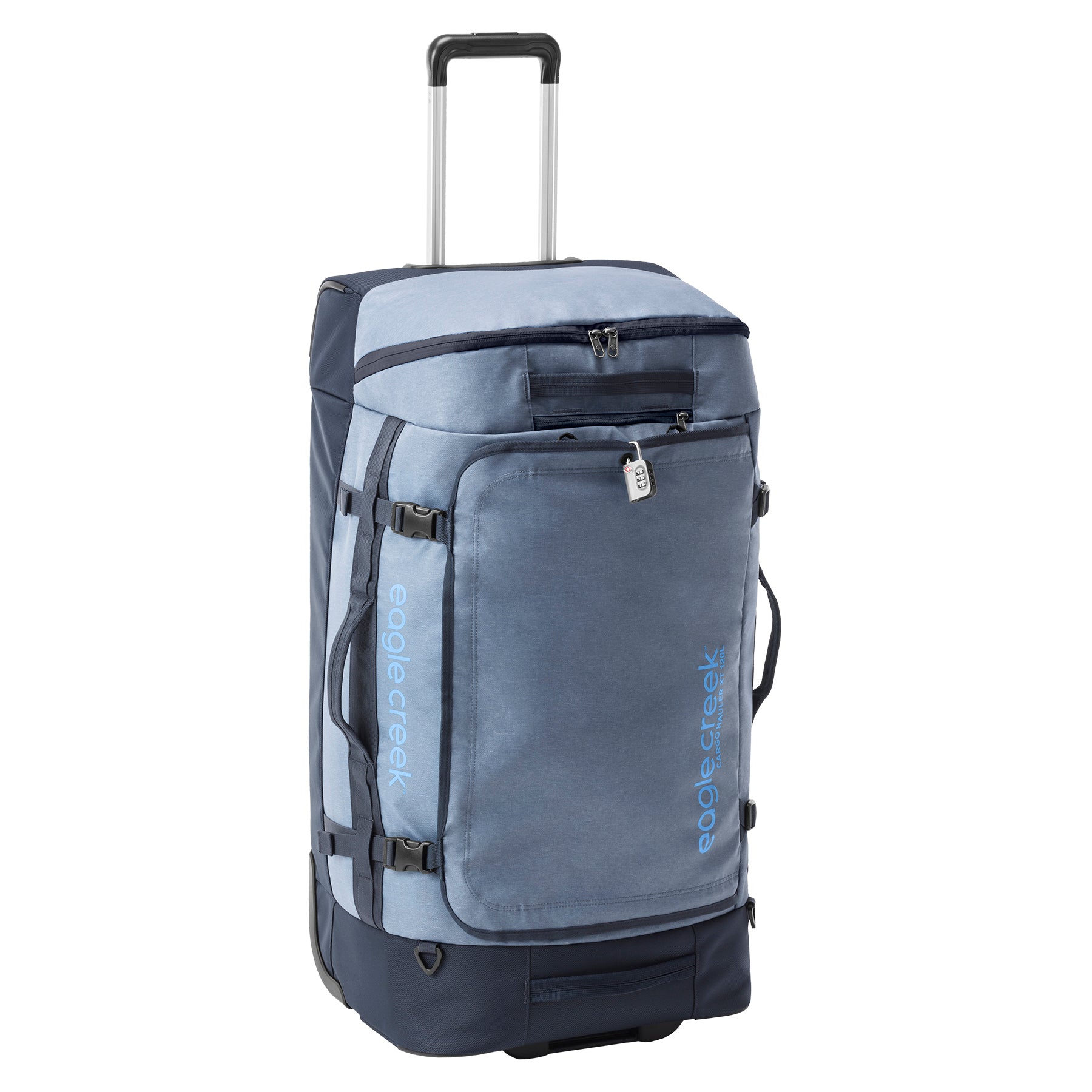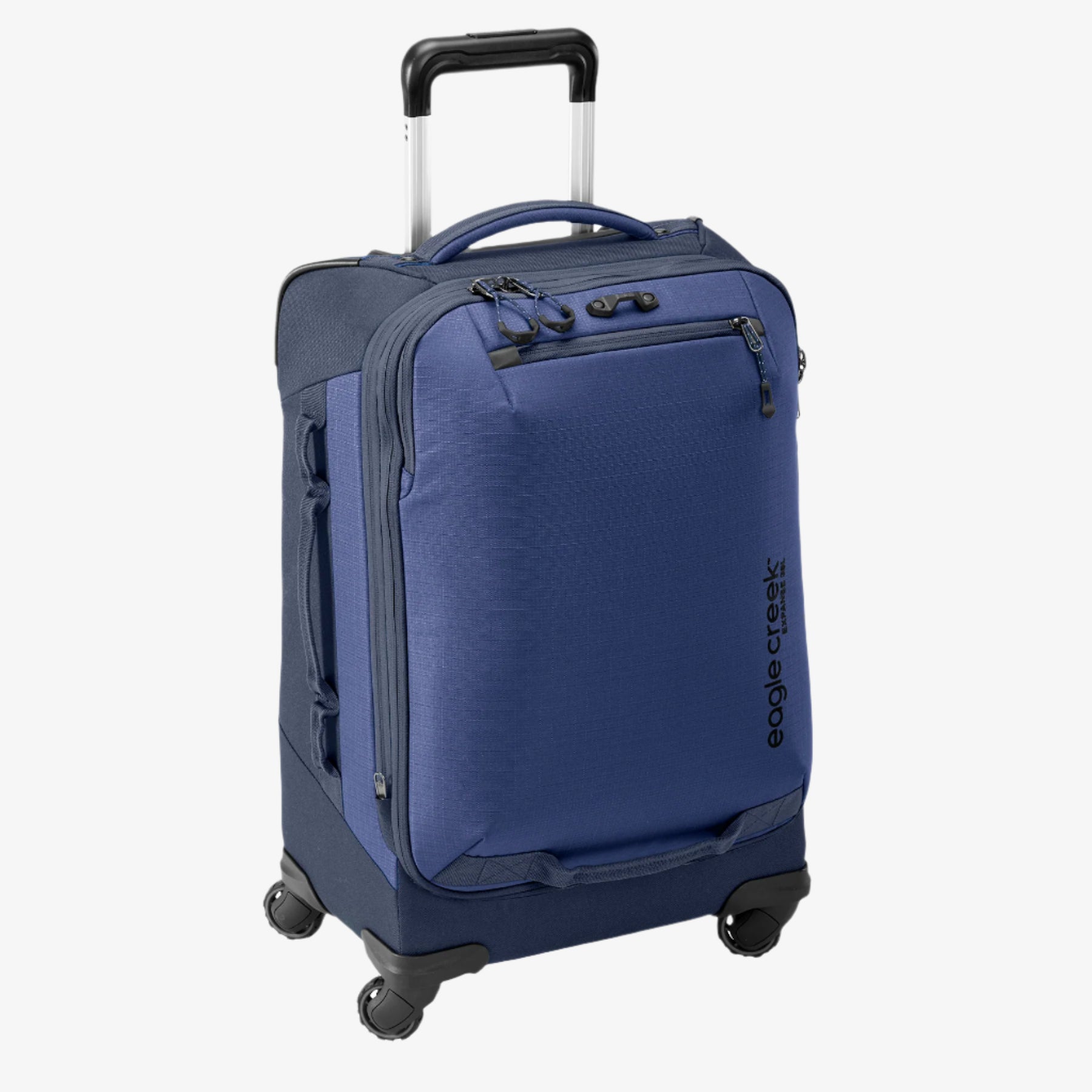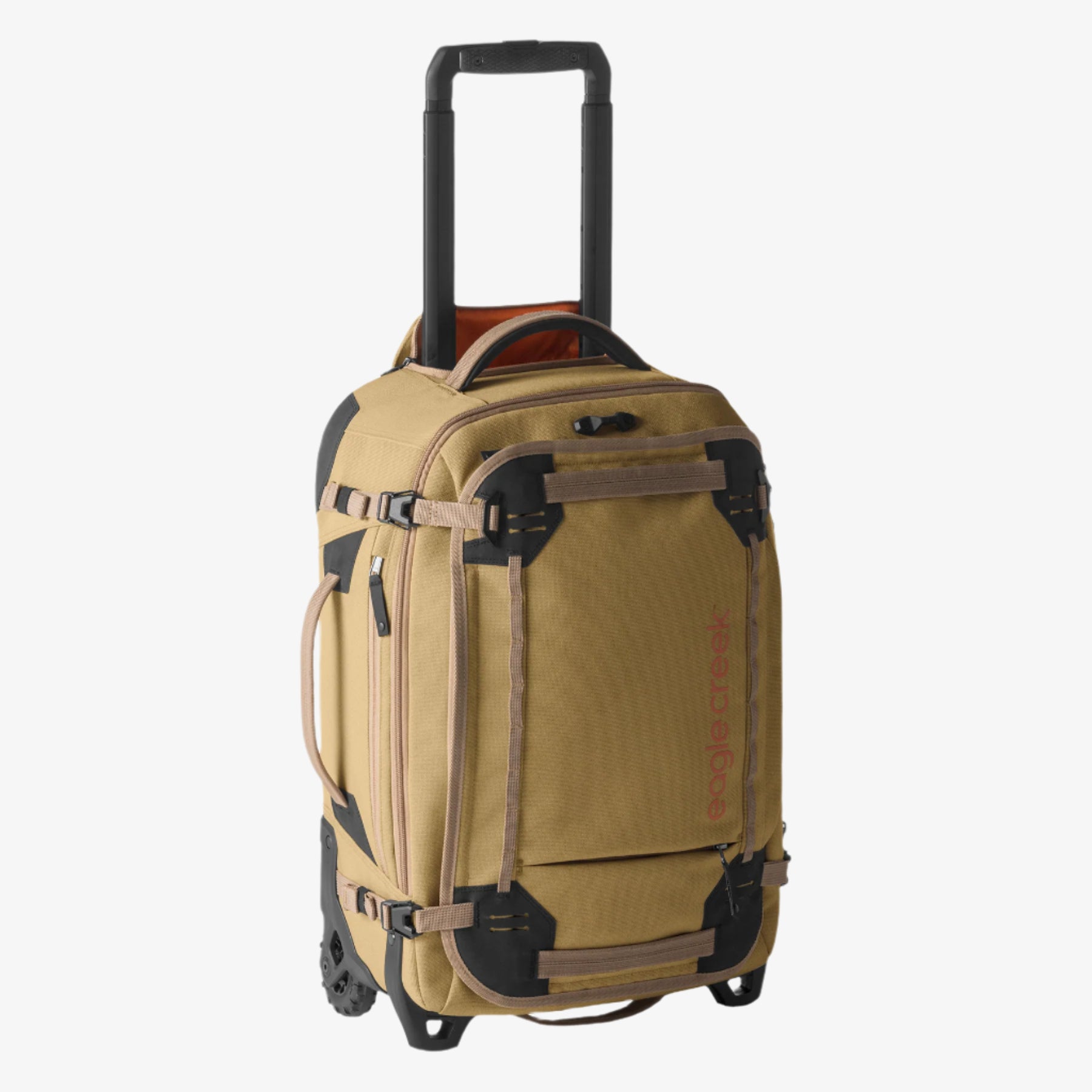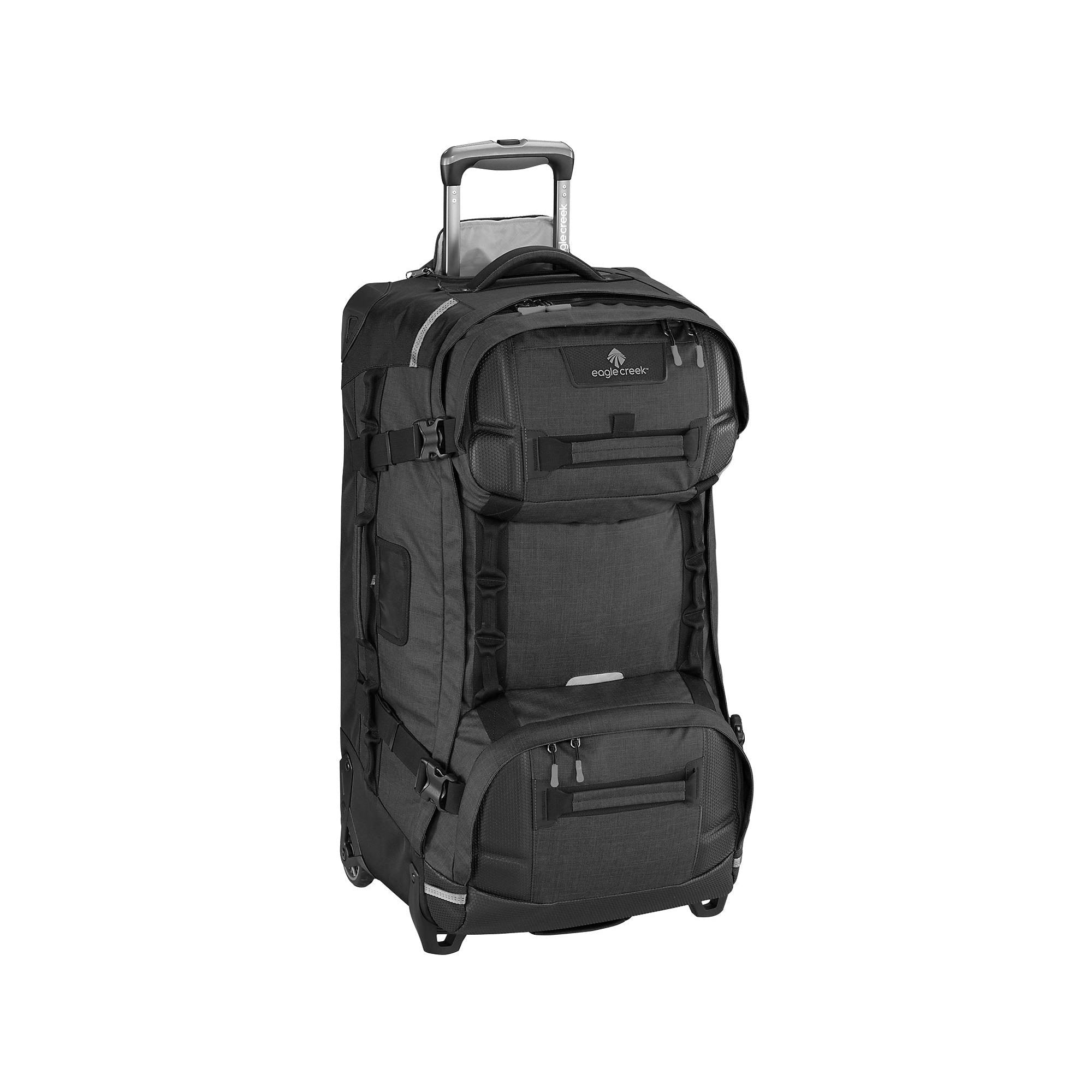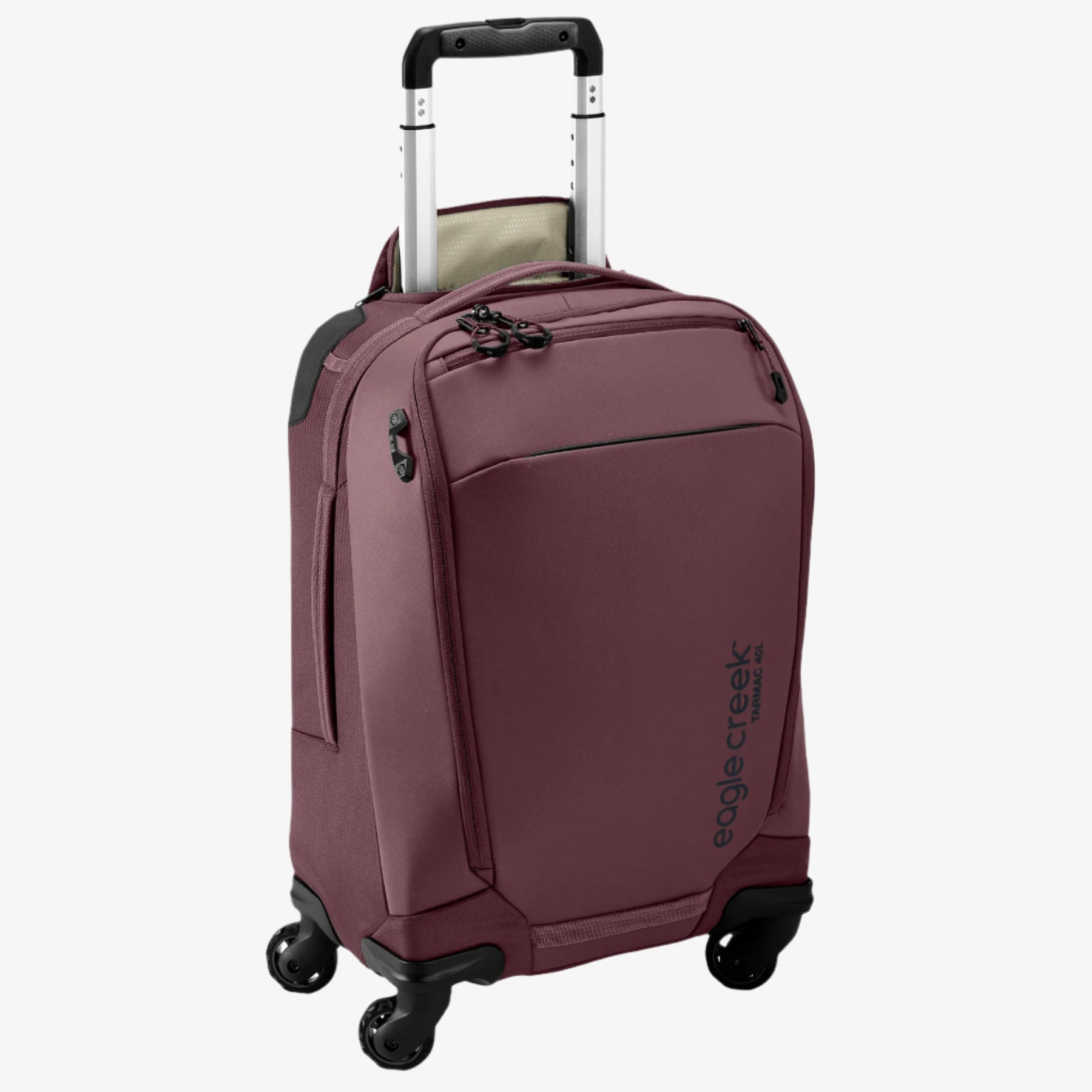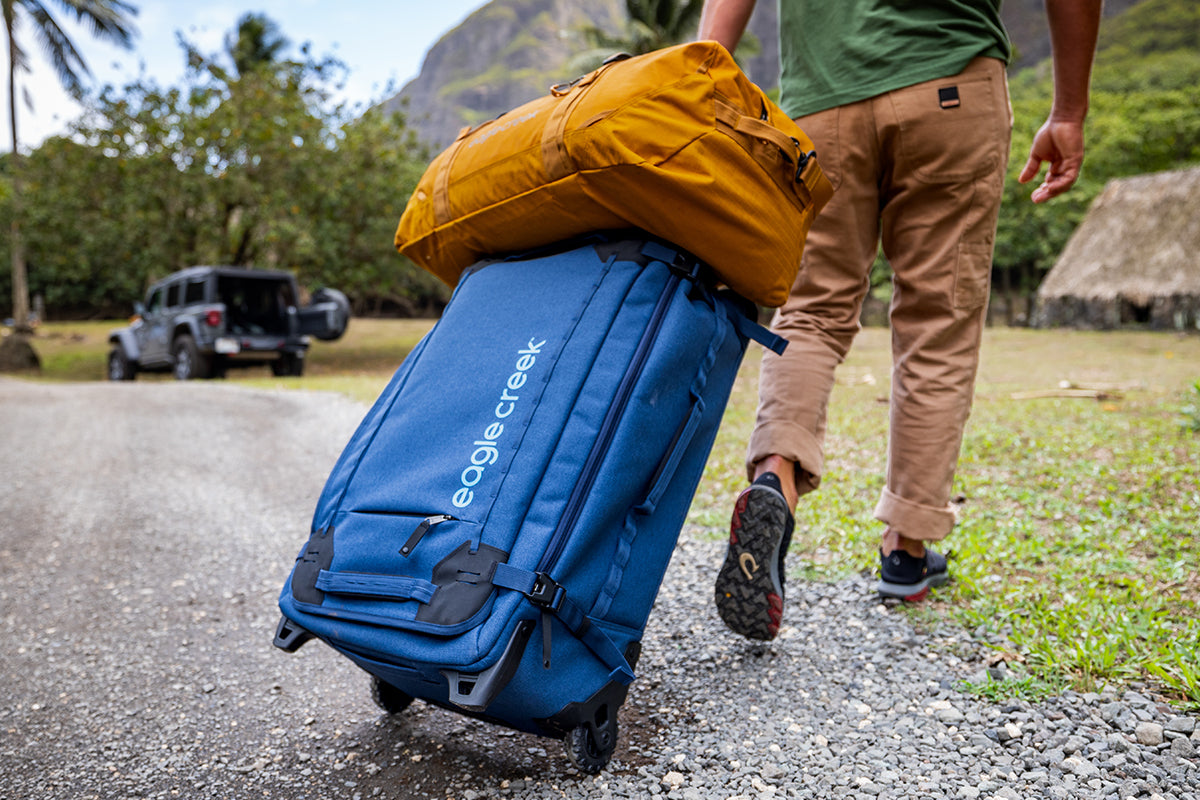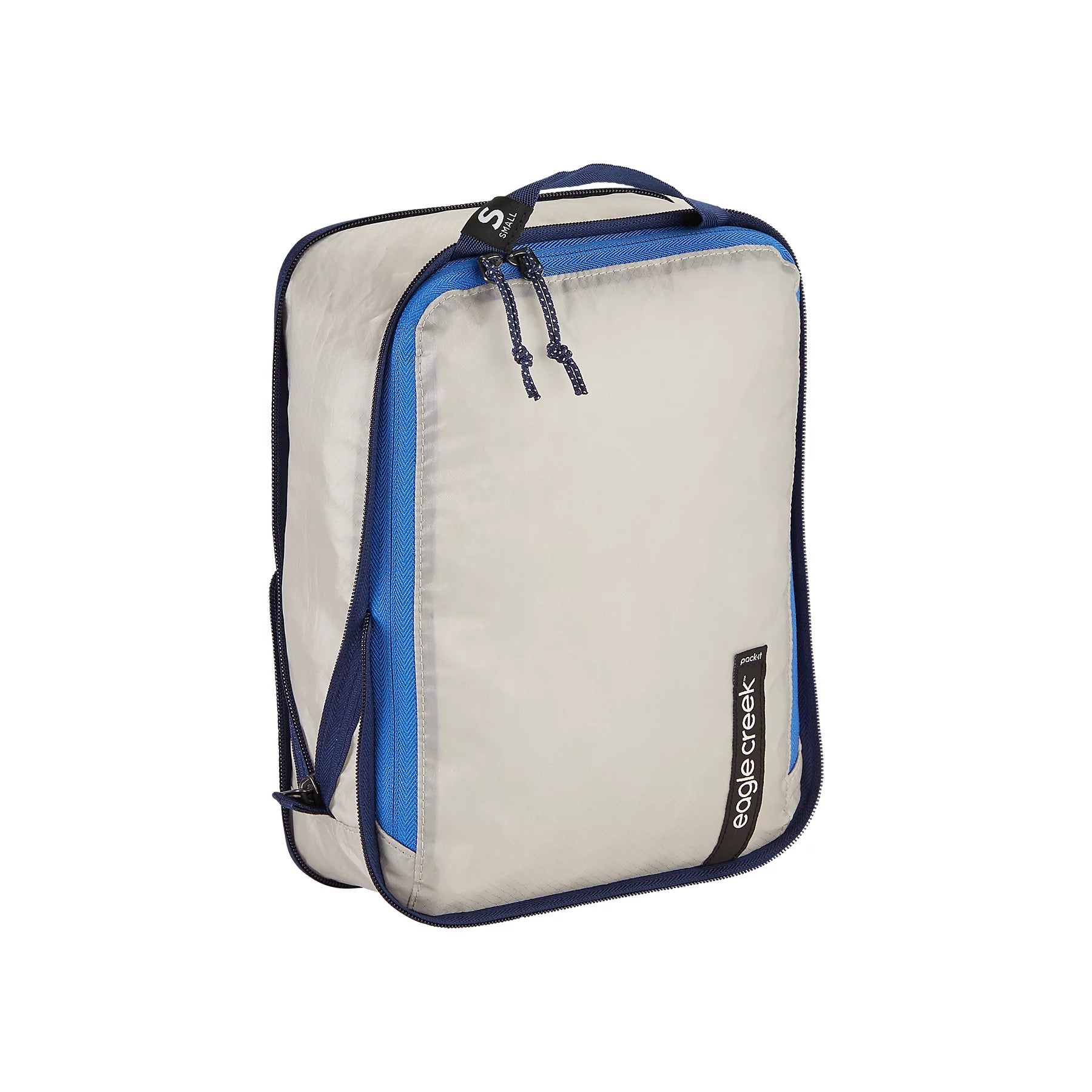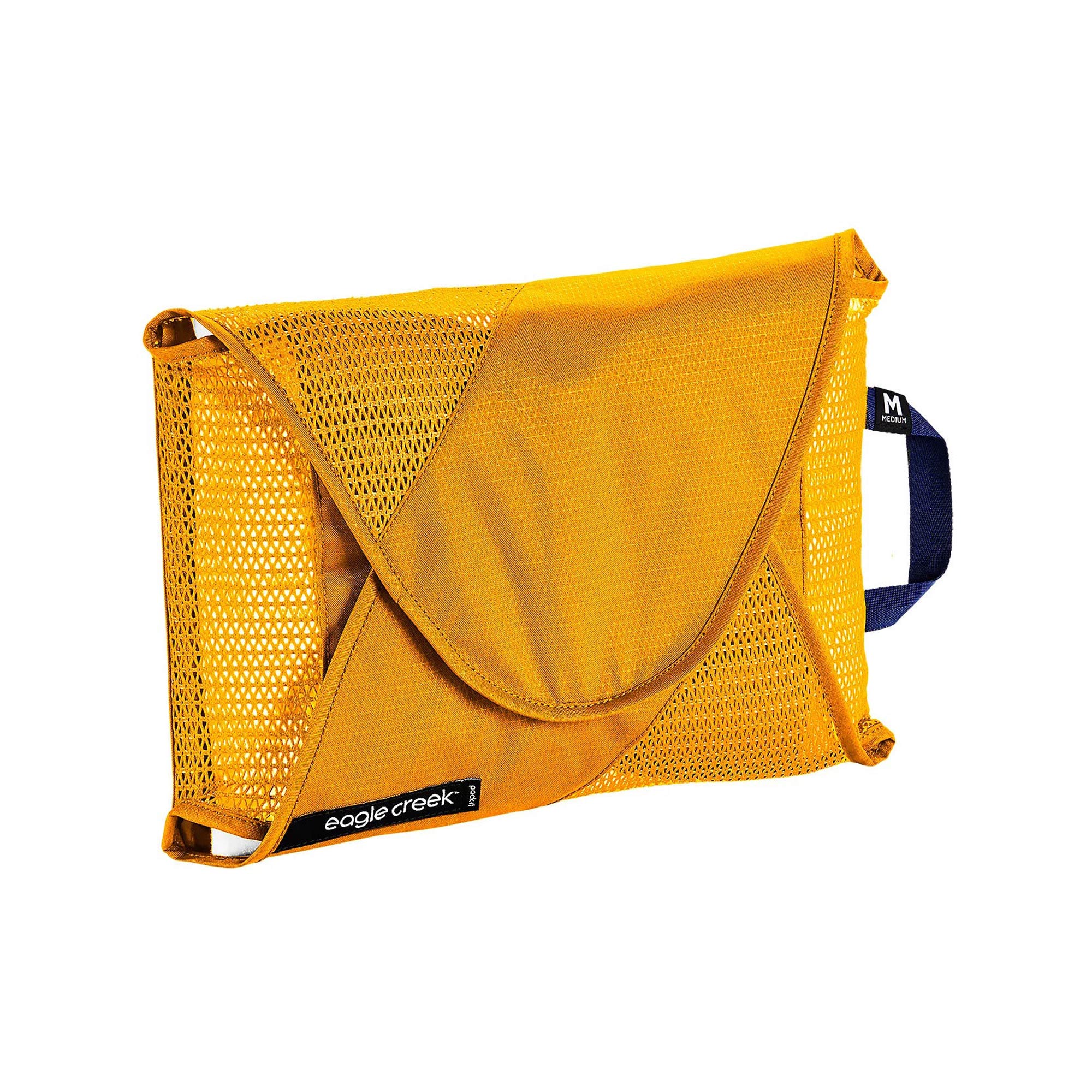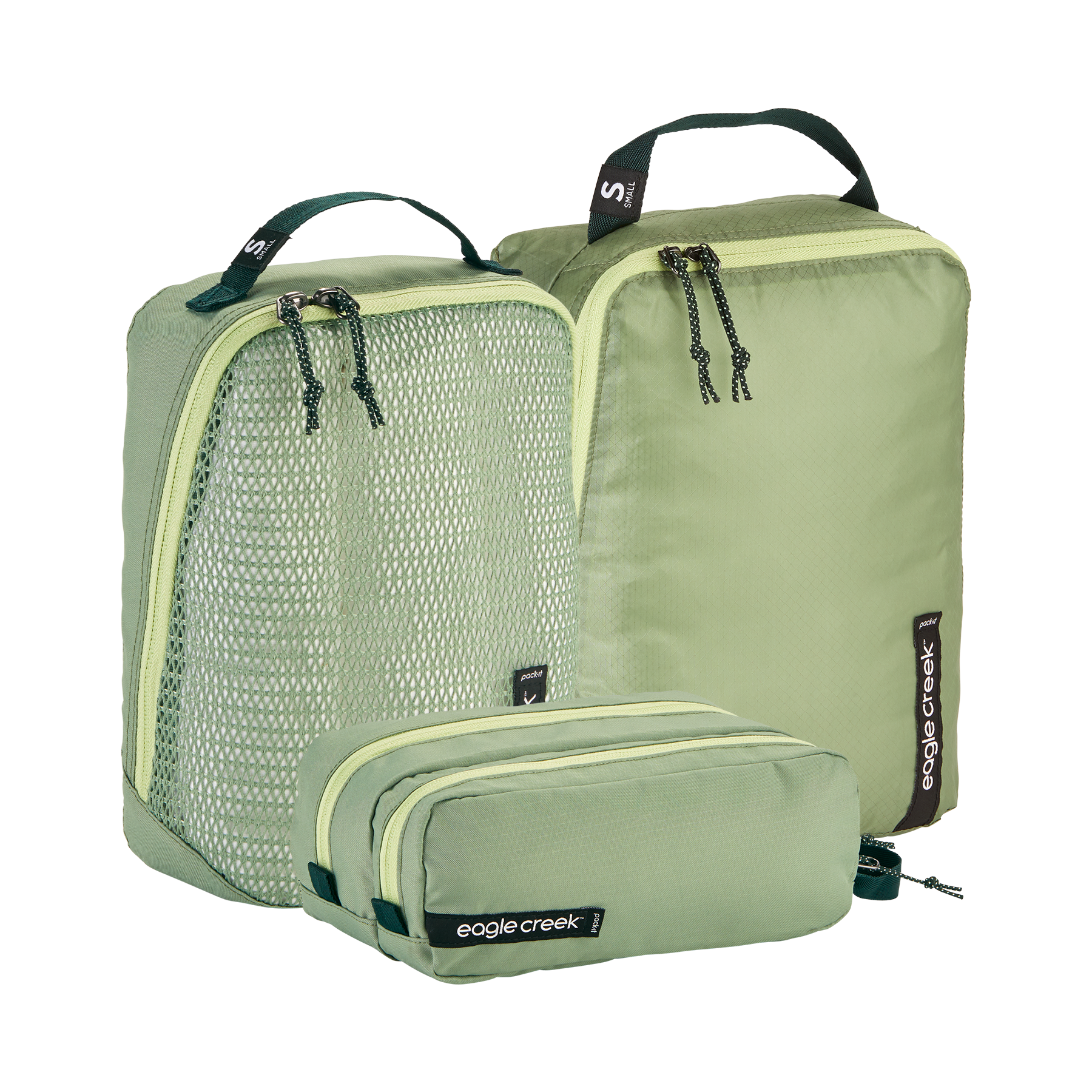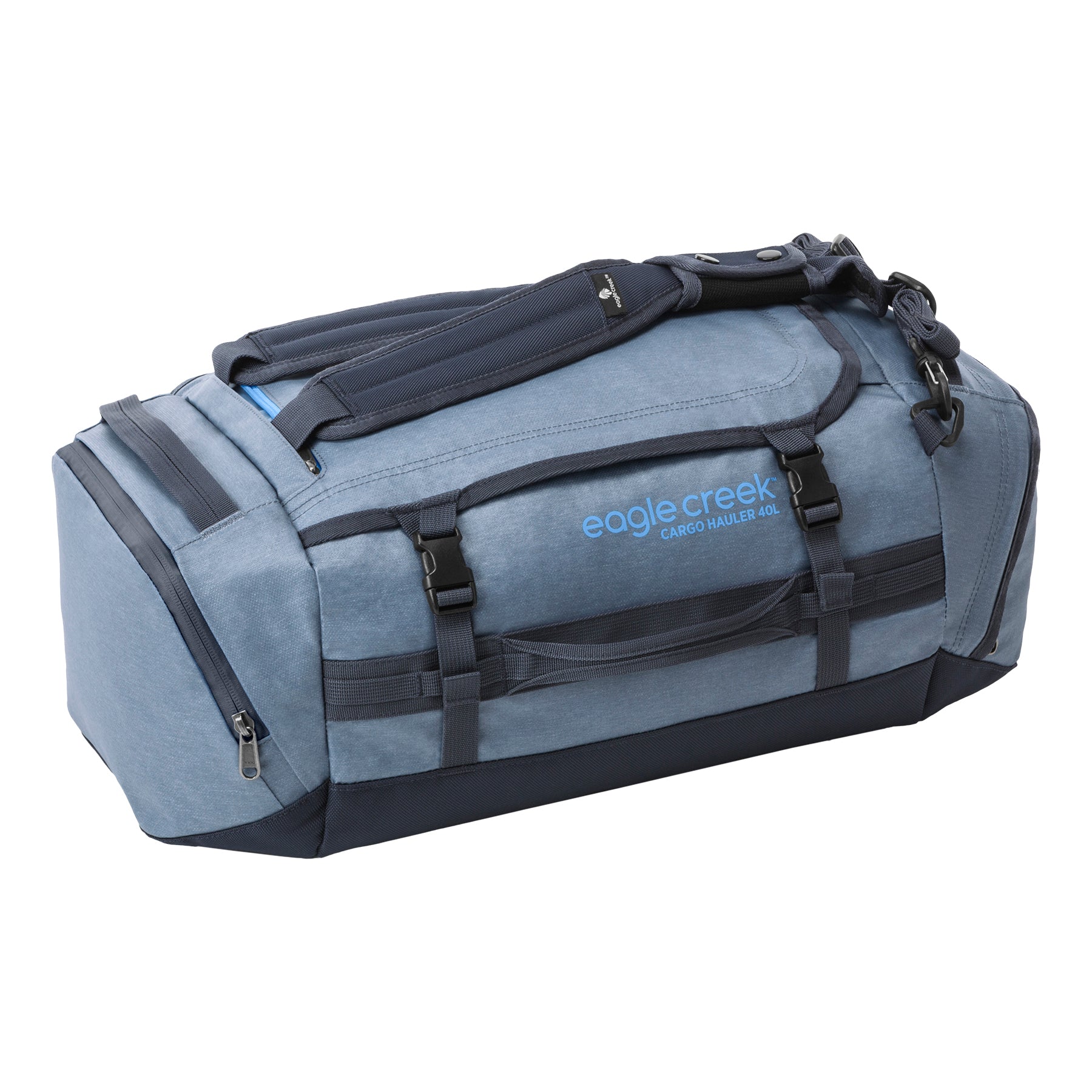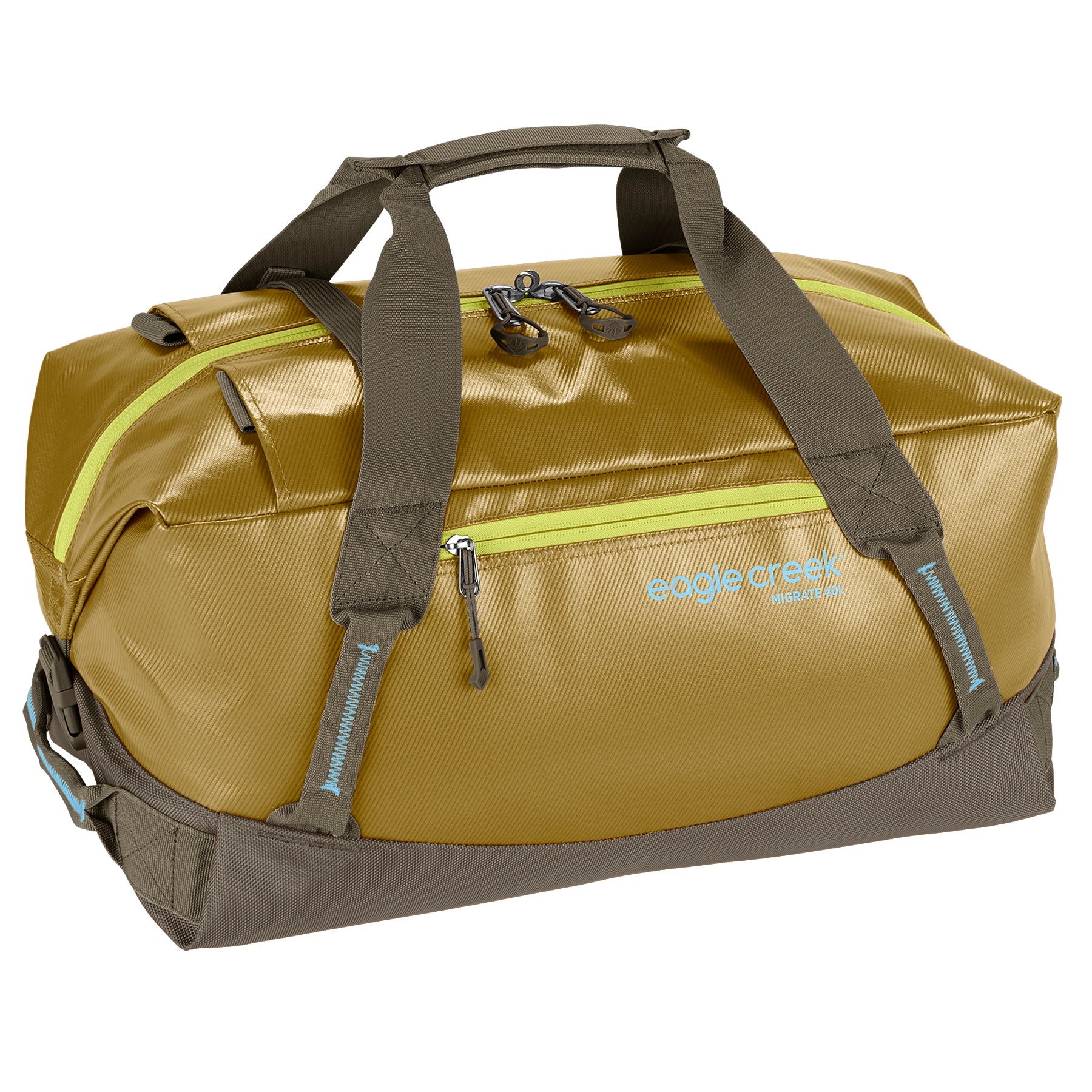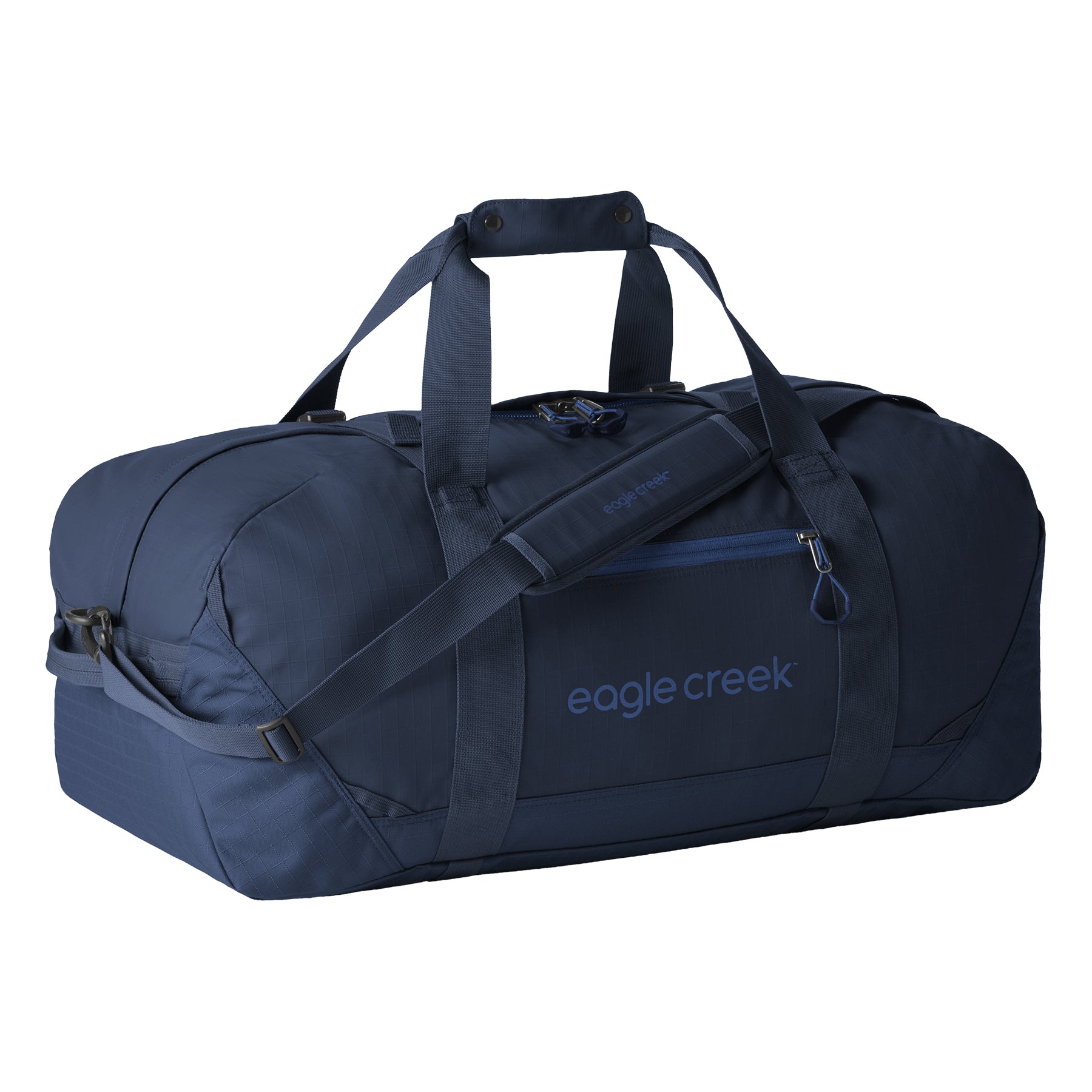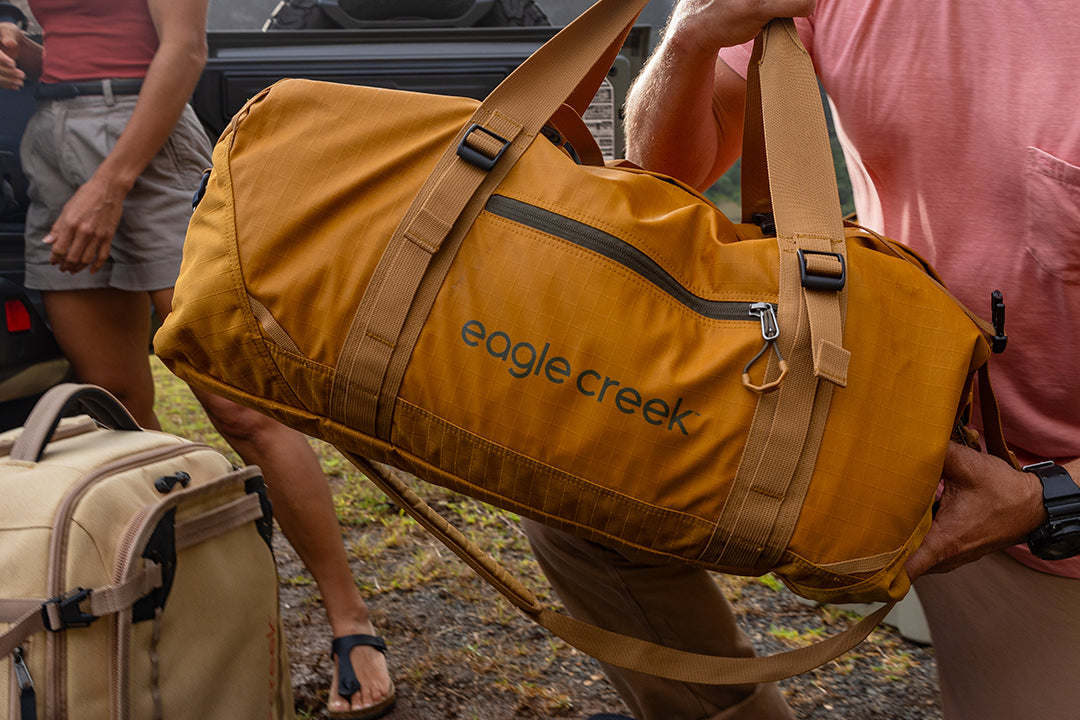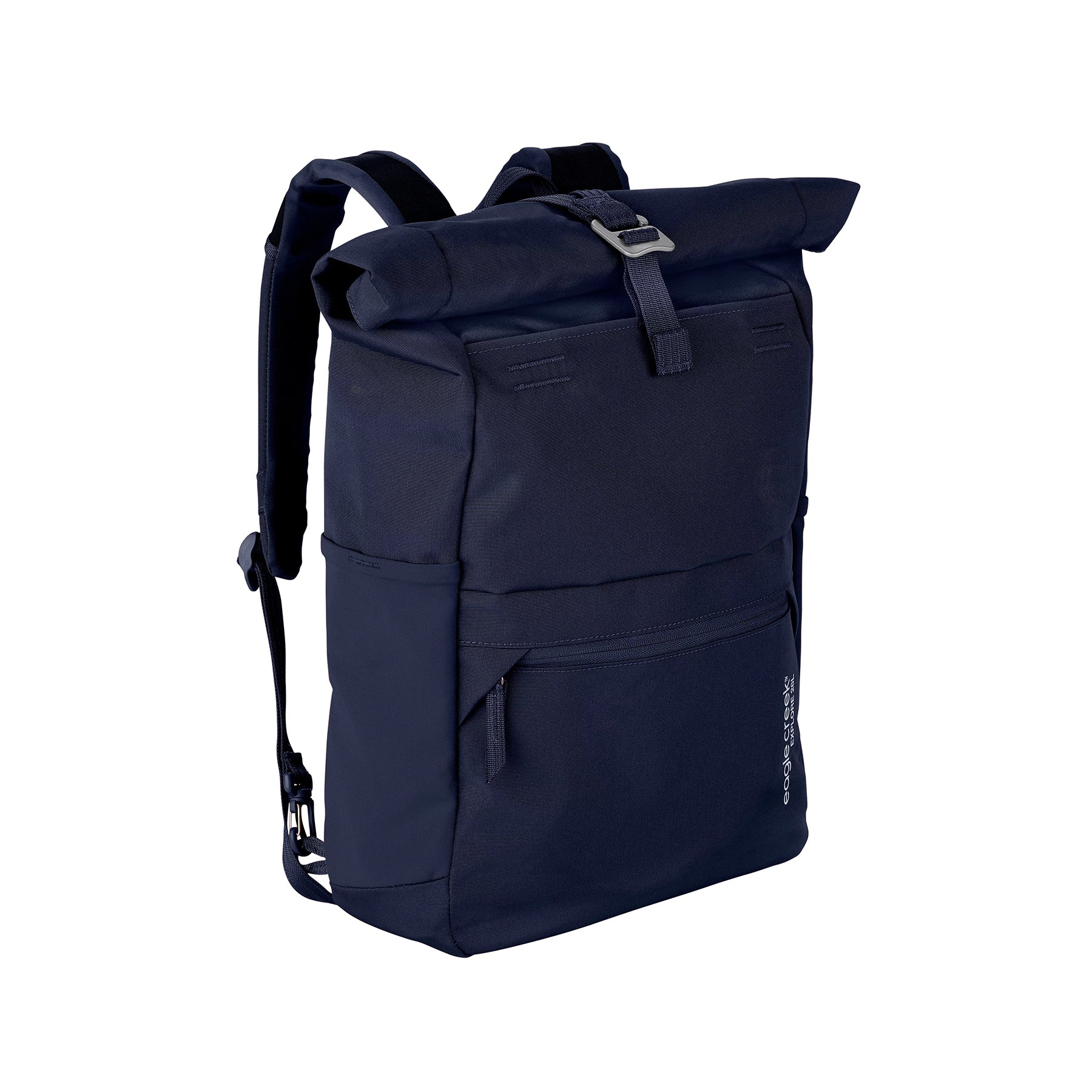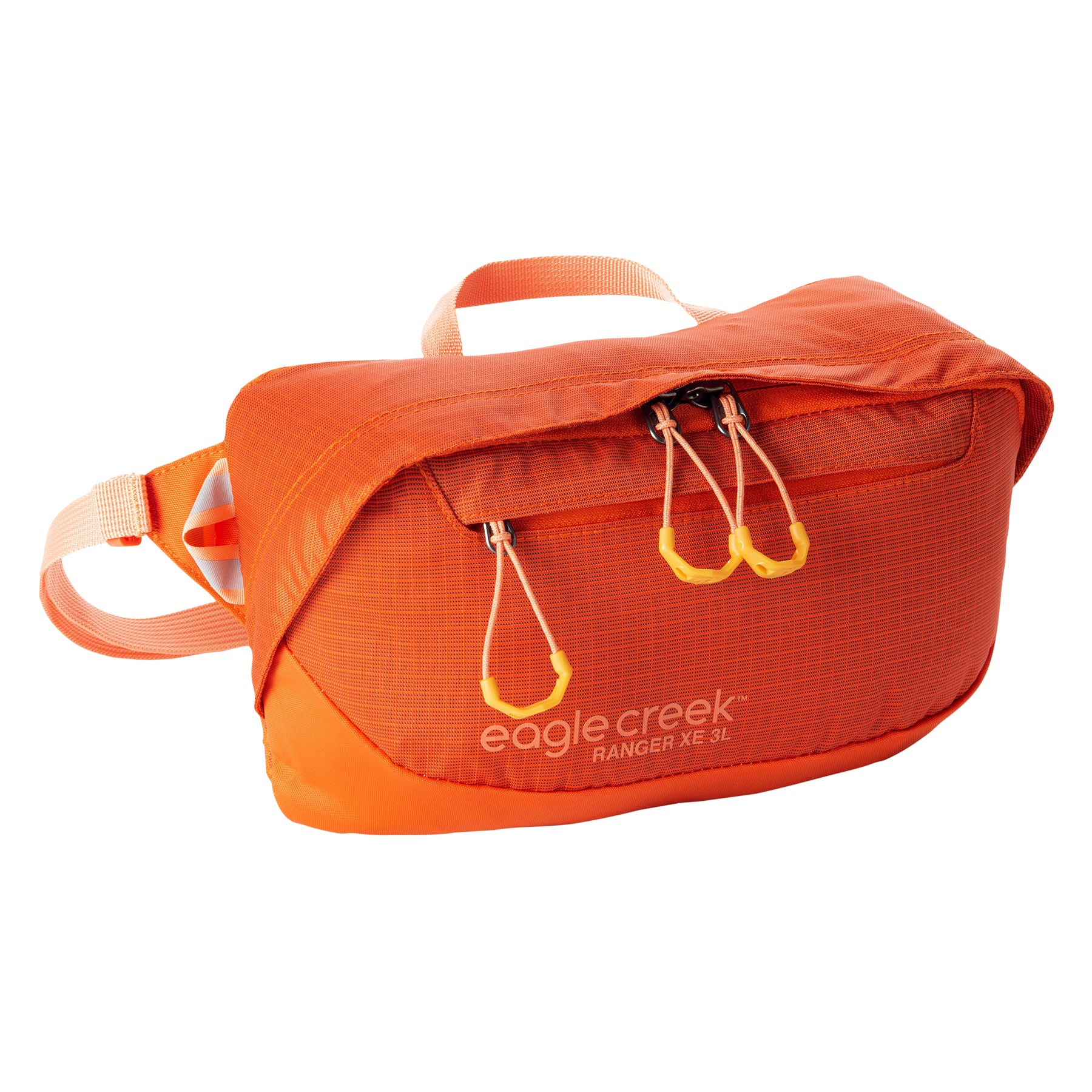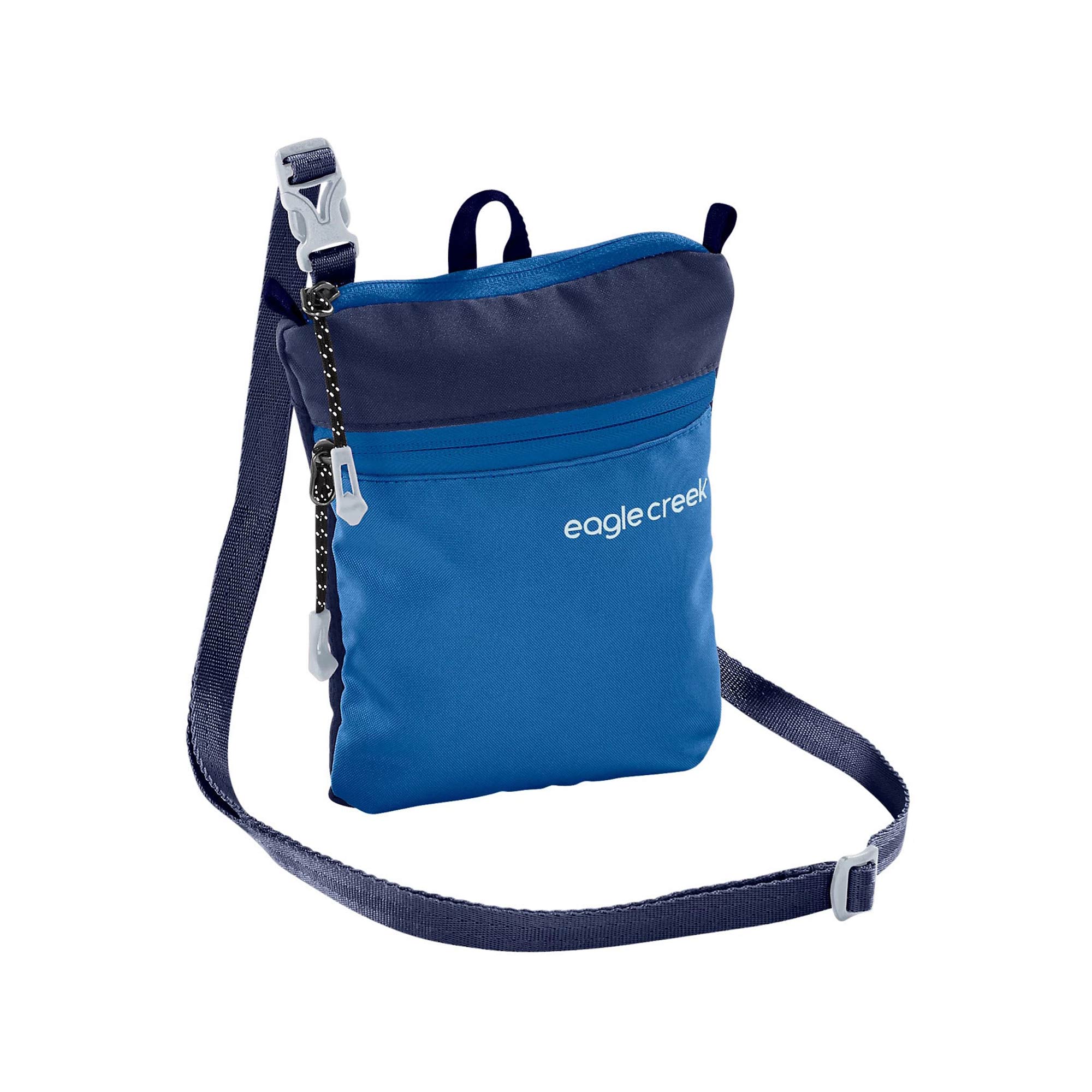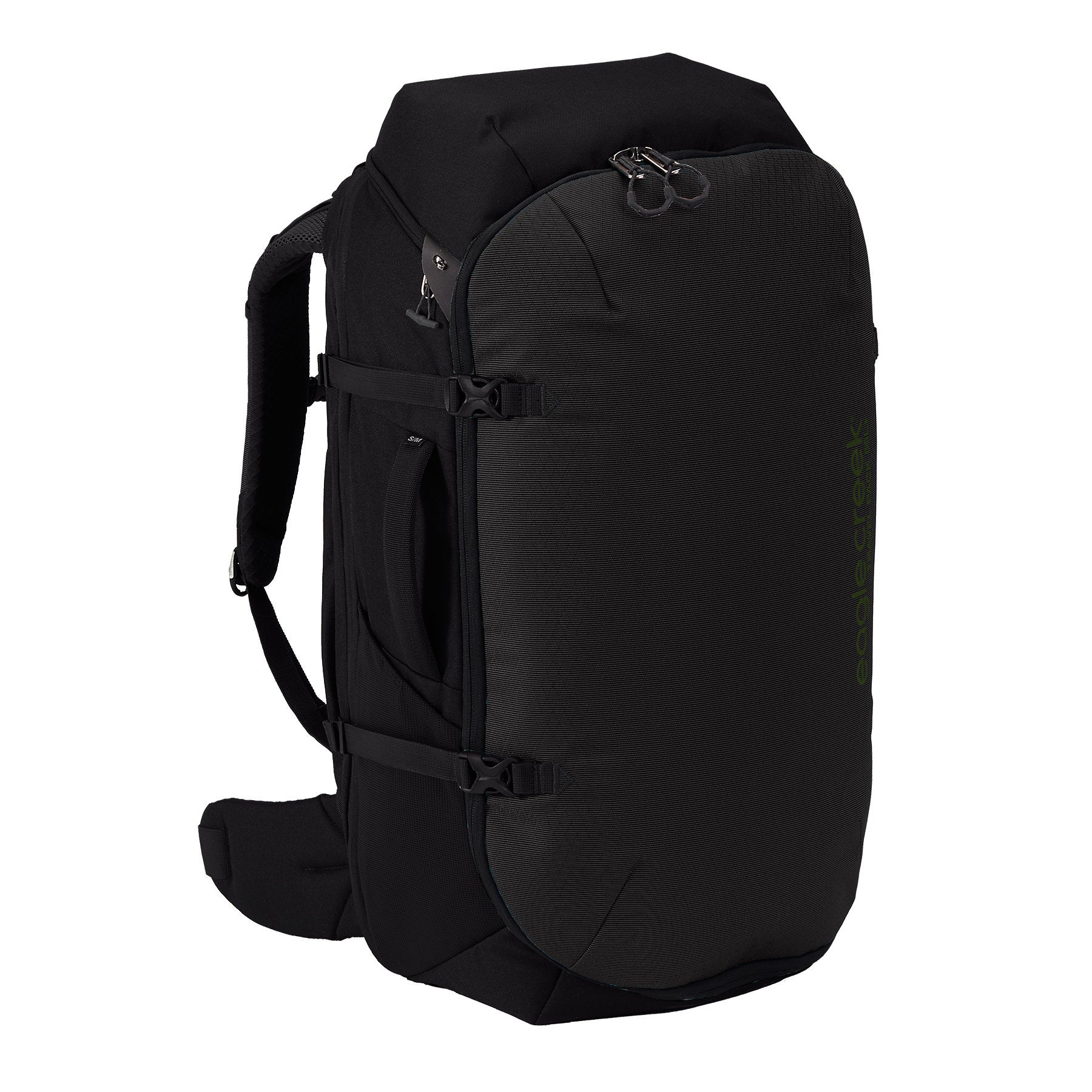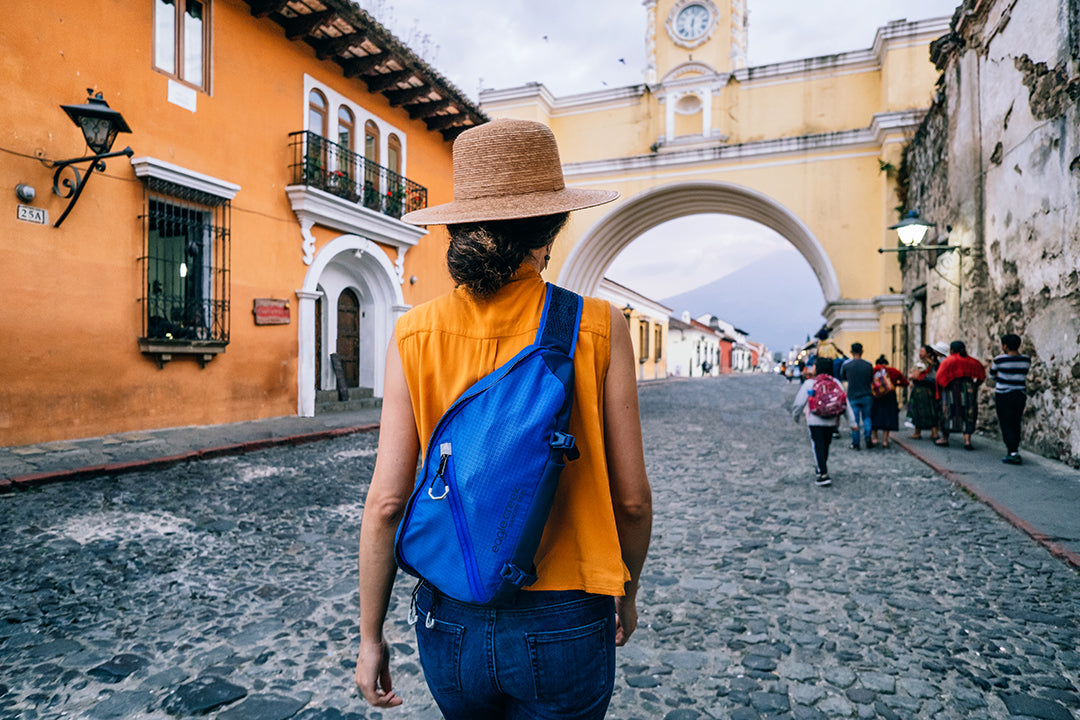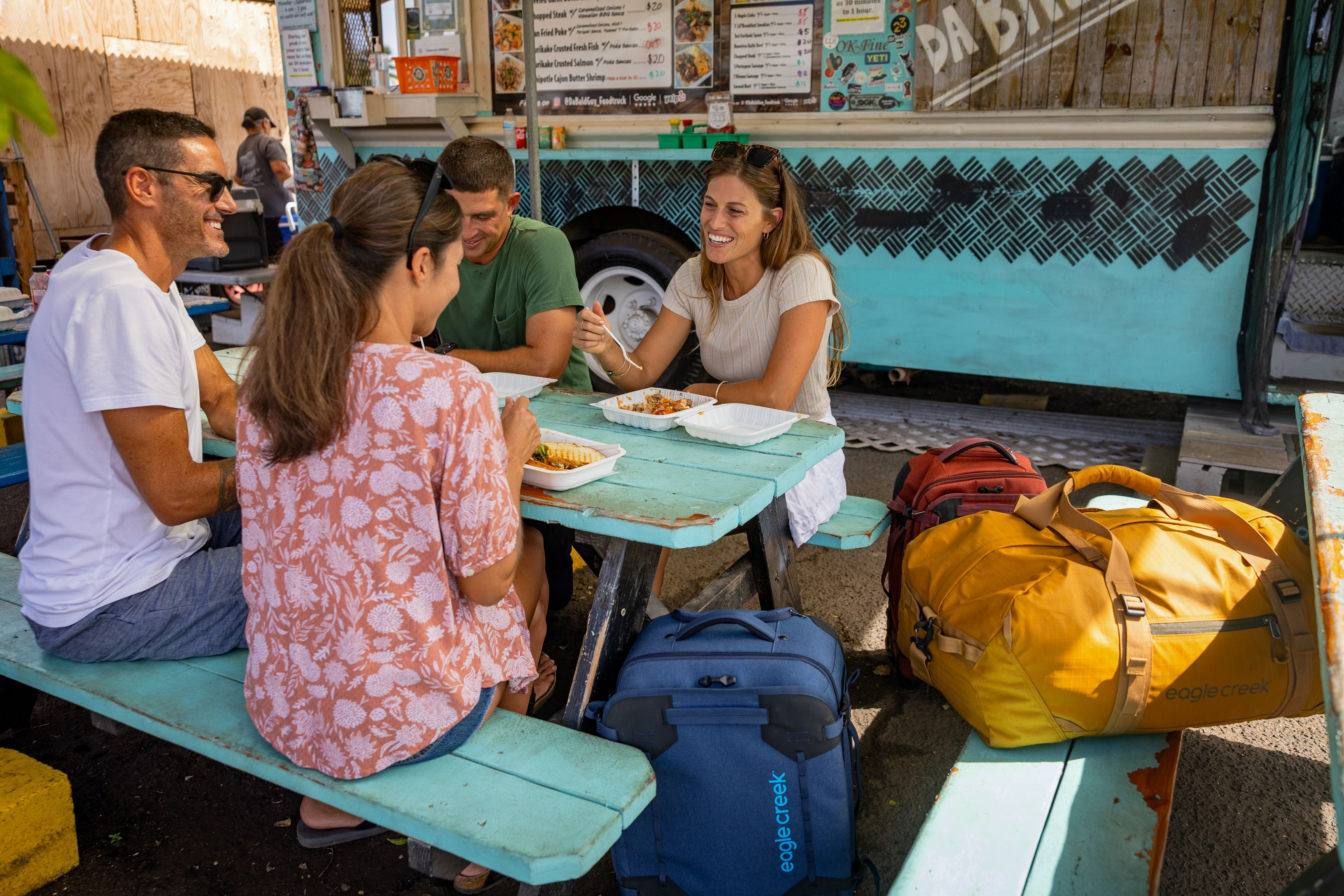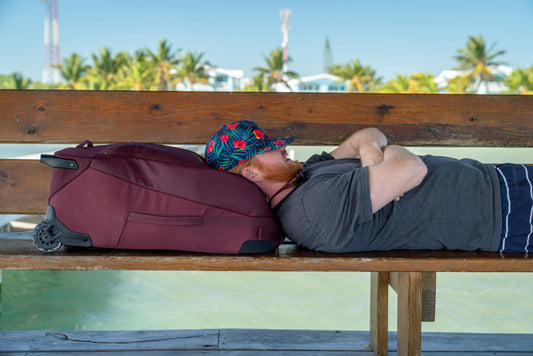Sustainable Tourism: Here's Exactly Why It Matters
When it comes to engaging in sustainable tourism we should stay local, limit our plastic and water consumption, and avoid activities that destroy or drain natural resources.
We all like to think that we’re spending our tourist dollars responsibly, but if we’re serious about halting climate change and addressing the current microplastics crisis, we need to heed our own advice. And we must act. Right now. Here’s everything you need to know about how to travel sustainably.
What Is Sustainable Tourism?
The World Tourism Organization describes sustainable tourism as “Tourism that takes full account of its current and future economic, social and environmental impacts, addressing the needs of visitors, the industry, the environment, and host communities".
Why Is Sustainable Travel Important?
Every time we hop on a plane, take a road trip, check into a hotel, or book a sightseeing experience, we are creating a carbon footprint which drains the ecological and socio-cultural resources of a location. Without conservation, these resources will one day run out.
According to a 2019 report by the World Travel and Tourism Council, tourism represents more than 10% of the global GDP, which makes travel one of the largest sectors in the global economy. However, the way most people travel, especially internationally, is not sustainable.
The Conflict Between Affordable Travel and Sustainable Tourism
Everywhere we look, alluring advertisements showcase cheap travel deals that promote mass tourism by offering reduced rates to help us escape for less. Unfortunately, for the most part, these heavily discounted experiences come at a huge cost to the environment.
As recently as the 1980s, taking more than one vacation a year was quite rare. In fact international travel has only really become accessible since America’s airlines switched from piston-engine airliners to jet aircraft and began heavily discounting fares—this happened in the middle of the 20th century. Over the last few decades, the number of airline passengers has skyrocketed, and the number of emissions-belching cruise ships has grown. The impact of this on the natural environment is now quite clear.
Sustainable travel can no longer be reserved for high-end, niche tourism destinations but must be the new normal for every traveler, everywhere.
As travelers and global citizens, we have a responsibility to make meaningful and measured purchase decisions when it comes to the trips we take. Only by quantifying the impact our adventures will have on the planet and consciously considering our consumption of resources can we really begin to affect change.
How Can You Plan a Sustainable Trip?
-Consider setting yourself a carbon budget for the year to help focus your commitment to low-carbon travel. You can also purchase carbon offsets to help negate your carbon footprint.
-If you must fly, book with an airline that’s combating the negative impact of flying. Airlines are working on sustainability by flying newer planes that are aerodynamically designed to increase fuel efficiency, using sustainable aviation fuel (SAF), and purchasing carbon offsets.
-Spend your tourism dollars wisely. Stay local, book into eco-conscious hotels that genuinely offer a sustainable stay, and don’t engage in animal tourism (many studies show that animals too closely exposed to humans experience high levels of stress). Consider the main drivers influencing your itinerary—do they align with the idea of conscious travel?
-Invest in travel brands leaving a lighter footprint for a better planet by bringing awareness to and looking for solutions to the ongoing climate crisis. Here at Eagle Creek, we’re committed to a sustainable future. Every product choice we make is as eco-friendly as possible; the water repellent coating that makes our Migrate Duffel adventure-ready was developed by upcycling windshield plastics harvested from landfills in Asia.
-Don’t buy a holiday wardrobe specifically for your trip. Hundreds of thousands of tons of clothing are sent to landfill each year despite growing awareness about the negative impacts of throwaway fashion.
Every choice matters. Sustainable travel shouldn’t be a premium experience; it’s something every traveler should strive toward when they take a trip. Be part of the change and shift your mindset towards more sustainable adventures, and you’ll reap the reward of a cleaner, greener planet for us all.
